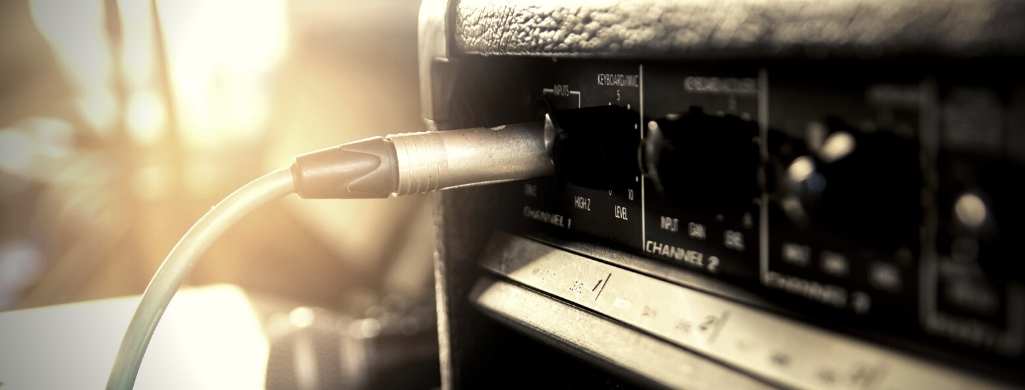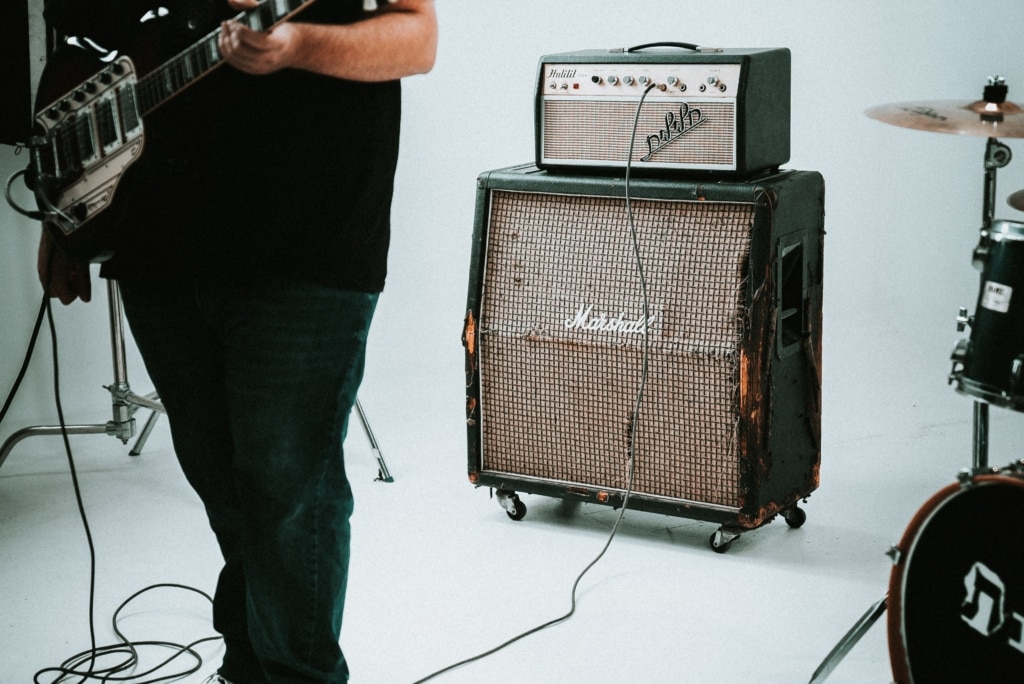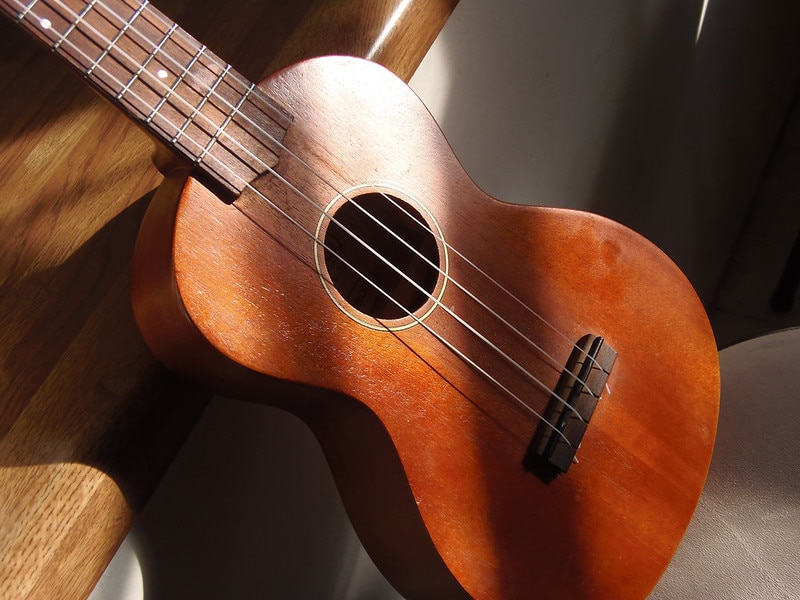
ASMR是什麼?到底是什麼魔力讓大家都深陷其中呢?我給你答案
August 10, 2022
A Musician Guide to: Guitar Pedal Repair (It’s Easy!)
August 12, 2022
Don’t you just hate it when you’re inspired to play music but suddenly your amp won’t work? Perhaps you’re at a gig — getting ready to play — and for some reason, you encounter technical issues.
As stressful as these situations are, they do happen. Your first reaction is likely to start feeling overwhelmed and anxious, but there are things you can do that might help the situation.
In this article, I’ll share common problems you may encounter and simple guitar amp repairs techniques you can try to troubleshoot the situation. If you are new to guitar amp and need help to choose a good guitar amp we would suggest you to read this article first.
So without further ado, let’s jump right into it.
Common Guitar Amp Problems
Depending on the type of guitar amp you have, your location, and your setup, you can experience a whole range of problems. But I’ve narrowed it down to some of the most probable issues you can encounter. These include the following:
The Amp Won’t Turn On
The circuitry of the guitar amp is quite simple: as long as the wires are connected to the appropriate extensions, then you should have no problem at all. But if your amp doesn’t turn on even after you’ve ensured that all wires are in the proper position, then the circuitry might be the problem.
Before going into the complex technical repairs, I recommend that you first check for possible trivial problems. Perhaps you left the amp unplugged. Perhaps the speaker isn’t connected. Maybe the wall outlet isn’t working properly.
After checking the trivial problems and it still doesn’t work, try checking the ground. As a rule of thumb, the amplifier should have a decent ground. Meaning, that the amp should be secured to a spotless, rustless metal. Otherwise, it won’t turn on.
However, if you’ve addressed these problems but are still having trouble turning it on, my guess is that the problem lies in your amp’s internal parts. There may be singed segments and fizzled yield transistors.
The Amp Gets Too Hot
The amp getting too hot is a typical aftereffect of setting up the input affectability too high. While it’s a normal occurrence as a result of use over time, it may be a problem in the long term. That’s why I suggest purchasing a small fan to keep it cool.
If this problem persists over time, or the level of heat is too much, it can be a sign of a specific malfunction. In such cases, be sure to check the ventilation system and other heat-sensitive components.
Another logical explanation why you’re encountering a hot amp is due to its Class A bias. This is when the amp continues to use power and, therefore, emits a considerable amount of heat even when idle. Be sure to check the power consumption and keep it below 60 watts to prevent this from happening.
The Amp Has a Low Volume
Have you ever had a hard time getting your amp to the volume you want, even when it’s set on full blast? Low volumes can be a result of bad tubes. Bad tubes usually make the volume drop and dull the tone sounds. When this happens, try to turn off your amp. After ten minutes, try to wiggle and pull the tube away.
Besides the bad tubes, having dirty sockets can be another reason for your volume loss. With regular use, dirt and grime can build up in your amp over time. As a result, these can muffle the sound and affect the functionality of your amp.
As a pro tip, be sure to clean your sockets and jacks regularly. You can use a contact cleaner for hard-to-reach spaces and switch cleaner lubricant to remove heavy build-up. After accomplishing this task, you should be able to see a big difference in your guitar amp’s sound quality.
The Amp Doesn’t Make a Sound
When I talk about the amp not making a sound, it can be interpreted in several different ways. Maybe you hear absolutely nothing coming from your speaker, be it the hum, hiss, input cable pop, reverb crash, or other non-musical sounds. Or, you can hear some non-audio sounds coming from the speakers, but they’re not what you want to hear.
If your problem is the former, possible causes include:
- The output transformer is either faulty or open.
- The speaker is blown completely.
- The speaker jack is not correctly wired.
- The speaker wire is deteriorating or has already deteriorated.
On the other hand, if you hear distant non-audio sounds, it’s possible that your amplifier is faulty and is interfering with the signal. To diagnose your amp, I recommend that you listen to your amp’s noise floor. This is the first evidence that you have pertaining to the health of your guitar amp.
If the noise floor coming from the speakers is louder than the amp, it means that your amp is the root of the problem.
Now that you’ve identified the issue, it’s time to pinpoint the cause of the problem. For this, you’ll need to investigate the likely suspects: failing tubes, circuits, aux outputs, and spare jacks.
Make sure to replace the bad tubes with good ones and ensure that the wires are in their proper places. Besides this, make it a point to keep the amplifier in good condition and free of debris to avoid disrupting the signal between your equipment.
Simple Ways To Troubleshoot Your Guitar Amp

At this point, I’ve given you a few pointers on how to solve some of the problems you may encounter. But let me further break it down for you in simpler guitar amp repair steps so you can better understand.
Step 1
Remove and switch out all the cords of your guitar amp to confirm that the problem is not one of the lines.
Step 2
Then, check that the tubes are lit up in the tube amplifier. If you find any cracks or white-ish films inside, it’s important to replace them immediately. Doing so will decrease the chances of damaging the rest of your amp.
Step 3
If the problem lies within the channels, try using other available channels. This can be a temporary remedy to the issue while you have the problematic channel repaired.
Step 4
Another solution is to plug your guitar directly into your power amp located at the rear of the unit. If the power amp works while the guitar is directly plugged in, then the problem is found in either the preamp and amp jacks or the preamplifiers themselves.
Step 5
To check if the problem is with your jacks, try plugging your guitar into a channel and use a dummy plug into the jacks. The jacks you need to check include the power amp, preamp out, auxiliary in, and effects loop.
If the dummy plugs make a sound, replace the jacks they were plugged into.
Essential Tools for Guitar Amp Repairs
To help make the guitar amp repair easier for you, I advise that you invest in maintenance tools, including the following:
- Guitar tech screwdriver
- Soldering kit
- Digital multimeter
- VHT tube tester and amp bias meter
- Wire cutter
- Variable transformer
- Contact cleaner
These should help you diagnose your guitar amps, cut the faulty wires, reconfigure wires accordingly, and clean them regularly.




